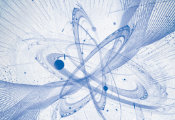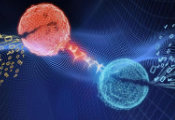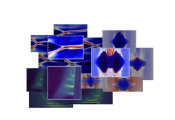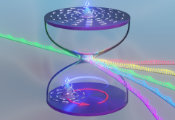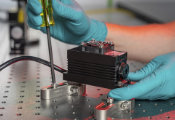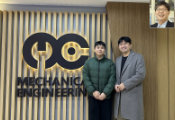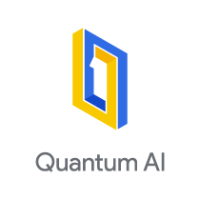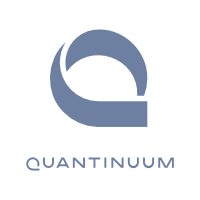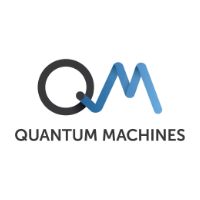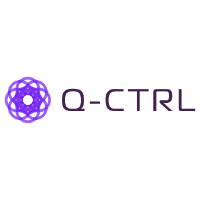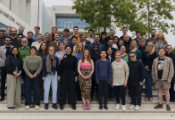Estimating Nonstabilizerness, an Indicator of How Difficul It’s to Replicate a Quantum Computation on a Classical Computer
September 26, 2025 -- What are the elements and resources that make a quantum computer so advantageous compared to traditional computers?
A new study published in PRX Quantum by Alessio Paviglianiti, Guglielmo Lami, Mario Collura, and Alessandro Silva from SISSA has sought to answer this question by introducing a tool to measure one such resource, known in technical terms as nonstabilizerness.
Nonstabilizerness is an indicator of how difficult it is to replicate a quantum computation on a classical computer: the higher it is, the harder it becomes for a traditional computer to solve it.
However, the problem is deeper and more complex than it may seem: even computing the difficulty itself—and thus the nonstabilizerness—is extremely challenging if only classical computers are used. A solution is proposed in the newly published PRX Quantum paper.
In their research, the scientists present a classical algorithm that allows this resource to be estimated without requiring excessive hardware. This makes it possible to overcome some of the main obstacles encountered so far and to investigate situations that were previously impossible to explore.
“This new technique developed by our group,” explain the four authors, “is powerful and flexible, and will be very useful for gaining a deeper understanding of the complexity of quantum computations, with both theoretical and practical benefits."

